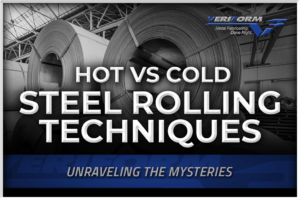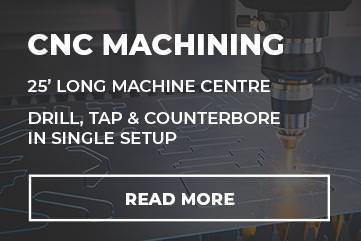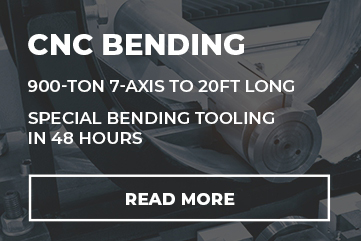News
Unraveling the Mysteries of Hot vs. Cold Steel Rolling Techniques

Steel, a foundational material in construction and countless industries undergoes various processes to achieve its final form. Steel rolling is a crucial technique that shapes steel into sheets, plates, and other desired shapes. This article dives into the two main types of steel rolling: hot rolling and cold rolling. Each method offers distinct advantages and applications in the vast world of metalworking. Understanding these types of rolling will equip you to make informed decisions when selecting steel for your projects.
Unveiling the Power of Steel Rolling
Steel rolling utilizes immense pressure from rollers to transform red-hot or room-temperature steel ingots into various shapes and thicknesses.
The Hot Rolling Frenzy
Hot rolling reigns supreme in shaping large steel sections. Steel ingots are heated to scorching temperatures, exceeding their recrystallization point. This extreme heat makes the metal more malleable and more accessible for manipulation by the powerful sheet metal roller. Hot-rolled steel boasts advantages like faster production times and affordability. However, its dimensional tolerances could be more precise, and the surface finish tends to be rougher than cold-rolled steel.
Advantages of Hot Rolling
Hot rolling offers several advantages:
It’s a more cost-effective process due to the faster production speeds achieved by high temperatures.
Hot-rolled steel exhibits excellent formability, making it suitable for bending and shaping applications.
The hot rolling process inherently relieves internal stresses within the steel, improving its overall stability.
When to Choose Hot-Rolled Steel
Hot-rolled steel is the go-to choice for projects requiring significant structural components like beams and columns. Its affordability and excellent formability make it ideal for these applications. Additionally, hot-rolled steel is often used as a starting point for further processing through cold rolling for situations where a smoother finish or tighter tolerances are necessary.
Cold Rolling for Precision
Cold rolling takes previously hot-rolled steel and refines it further. The steel is processed at room temperature, and work hardening strengthens the material. This process allows for tighter control over dimensions, resulting in highly precise sheets and coils. Additionally, cold rolling yields a smoother and cleaner surface finish, making it ideal for applications requiring a polished aesthetic.
Benefits of Cold Rolling
Cold rolling has its own set of benefits:
Cold-rolled steel shines with its exceptional dimensional accuracy.
Tighter tolerances on thickness and width make it perfect for precise applications.
Cold rolling also boasts increased strength and hardness. This makes the steel suitable for high-stress environments.
The smooth surface finish of cold-rolled steel often eliminates the need for additional finishing steps.
When to Choose Cold-Rolled Steel
Cold-rolled steel shines in applications demanding precise dimensions and a smooth surface finish. It’s commonly used in car parts, appliances, and sheet metal roofing due to its superior strength, tight tolerances, and aesthetic appeal. Cold-rolled steel’s inherent strength makes it suitable for applications requiring high structural integrity.
Making the Right Choice
Selecting between hot-rolled and cold-rolled steel hinges on your specific project requirements. Consider the desired dimensions, surface finish, strength, and budget. Hot-rolled steel excels in cost-effectiveness and formability for large structures, while cold-rolled steel reigns supreme in applications demanding precision, strength, and a smooth aesthetic finish.
Conclusion
Understanding the distinct characteristics of hot and cold rolling empowers you to make informed decisions when selecting steel for your projects. Hot rolling offers a cost-effective solution for large-scale projects, while cold rolling provides superior dimensional accuracy, strength, and a polished finish. Explore the unique advantages of each process to unlock the full potential of steel in your metalworking endeavours.
FAQs
What are the primary differences between hot and cold steel rolling processes?
Hot rolling uses high heat for larger reductions and improved strength, while cold rolling at room temperature offers tighter tolerances, smoother finishes, and increased hardness.
Which rolling technique is more suitable for producing structural components?
Hot steel rolling is generally preferred for producing structural components, such as bars, rods, and shapes, due to its ability to achieve significant cross-sectional reductions and enhance the strength and toughness of the steel.
How does the surface finish of rolled steel products impact their performance?
The surface finish of rolled steel products can significantly influence their performance and functionality. Cold rolling typically produces superior surface finishes, which can benefit applications where surface quality is essential, such as automotive body panels, decorative components, or precision engineering applications.
Can both hot and cold rolling techniques be combined in the production process?
Yes, it is common for materials to undergo both hot and cold rolling processes sequentially. Hot rolling is often followed by cold rolling to achieve the desired dimensional tolerances, surface finishes, and mechanical properties tailored to the specific application.








